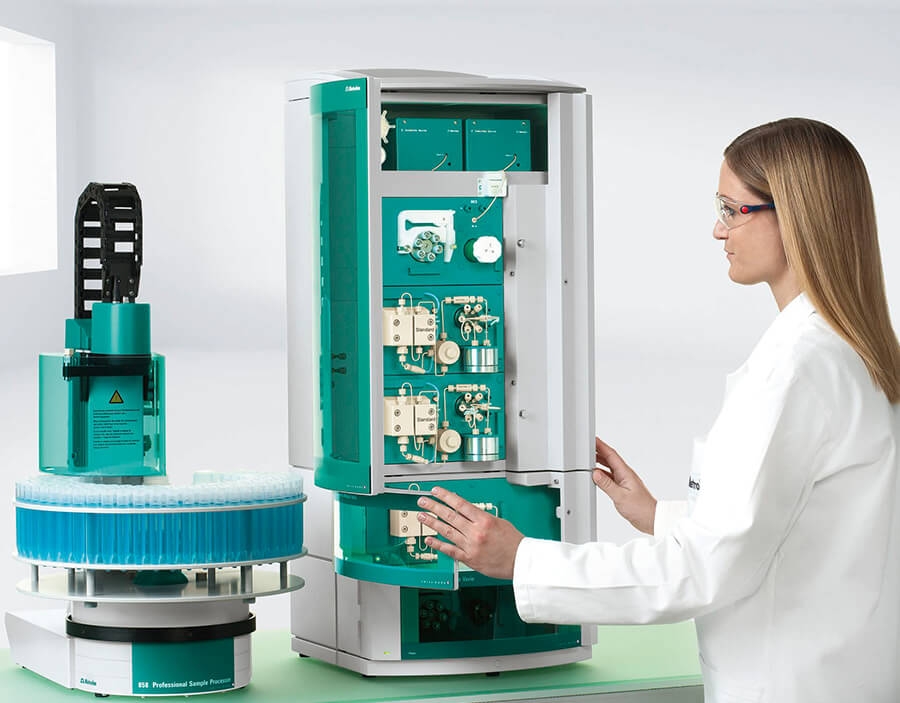Measuring radioactivity in liquid samples has been a challenge for researchers since the discovery of radioactivity. While technologies like Geiger counters and proportional counters worked well for solid samples, it was difficult to measure low levels of radioactivity in liquid samples. This is where liquid scintillation analyzers came to revolutionize the field. In this article, we will explore the working, applications and future of liquid scintillation analyzers.
Working of Liquid Scintillation Analyzers
A Liquid Scintillation Analyzer works on the principle of scintillation. When a radioactive atom decays in a liquid scintillator medium, it releases energy in the form of particles like alpha or beta particles. These charged particles interact with the fluorescent molecules present in the scintillator medium, causing them to become electronically excited. As these molecules drop back down to the ground state, they release the excitation energy as light photons.
This cascade of light photons is then detected by photomultiplier tubes present inside the liquid scintillation analyzer. The photomultiplier tubes amplify the light signal and convert it into an electrical pulse. This electrical pulse is then analyzed by the electronics and software of the analyzer to determine attributes like energy and count of the radioactive decay events. Modern liquid scintillation analyzers can detect even single radioactive disintegration events occurring in the sample.
Sample Preparation and Measurement
For measuring radioactivity using a liquid scintillation analyzer, the liquid sample first needs to be mixed with a liquid scintillator cocktail in a vial. Common scintillator cocktails contain solvents like toluene and fluorescent wavelength shifting chemicals. The vial is then placed inside the analyzer for measurement.
During measurement, the analyzer counts light pulses from the vial for a set duration, which could range from a few minutes to hours depending on the radioactivity levels. The counts are automatically corrected for factors like background counts, quenching effects etc. using internal standards. At the end, the analyzer generates a full spectrum of the radioisotopes present along with their counts per minute or disintegrations per minute values.
Applications of Liquid Scintillation Analyzers
With their high sensitivity and ability to measure various types of radioisotopes, liquid scintillation analyzers find applications across many fields like:
- Environmental Monitoring: Used for measuring traces of radioactive contaminants in air, water and soil samples. This helps in wastewater monitoring and nuclear incident assessment.
- Pharmacokinetics: Pharmaceutical companies use LSA to study absorption, distribution and excretion of radio-labeled drug molecules during pre-clinical and clinical trials.
- Dosimetry: Effective dose assessment of radionuclides inhaled or ingested by workers involves LSA based whole body counting.
- Life Sciences: Researchers utilize LSA for measuring radio-labeled biomolecules to study metabolic pathways, receptor interactions etc. Isotopic labeling finds wide use in biochemistry, endocrinology and molecular biology domains.
- Dating Techniques: Radio-carbon dating in archaeology and radiometric dating methods in geology heavily rely on LSA for accurate measurement of ages.
- Nuclear Industry: Plant operators use LSA for routine stack emission monitoring and process stream analysis essential for nuclear reactor operation and waste management.
Get more insights on Liquid Scintillation Analyzer


